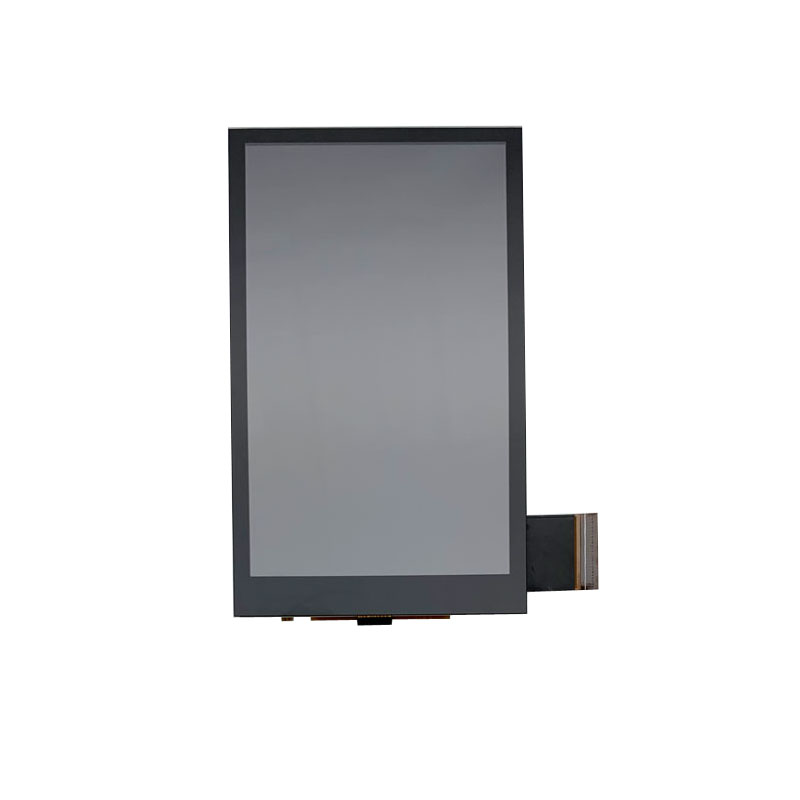The ILI9881C is a high-performance a-Si TFT LCD single-chip driver developed by ILI Technology Corp. With its excellent display performance and flexible configuration options, this driver meets the modern display device requirements for high resolution and color accuracy. This article will detail the supported resolutions, interfaces, and power supply voltage of the ILI9881C.
Introduction to the ILI9881C:
The ILI9881C is a 16.7M SoC (System on Chip) driver. It consists of a 2024-channel source driver, a gate IC level shifter, and a power supply circuit, designed to drive a maximum resolution of 800(RGB) x 1280 pixels for TFT LCD screens.
Supported Resolutions:
The ILI9881C supports a variety of display resolutions, providing flexible options for different application scenarios. The supported resolutions include 800(RGB) x 1024, 768(RGB) x 1024, 720(RGB) x 1024, 640(RGB) x 1024, and more. Whether for high-definition displays with higher resolution requirements or portable devices that need special resource considerations, the ILI9881C can provide suitable resolution solutions to deliver clear and accurate visual experiences to users.

Supported Interfaces:
The ILI9881C uses the MIPI DSI interface, a high-efficiency serial interface standard. This interface provides high-speed data transmission capabilities and supports multiple data channel configurations to meet different data transmission rate requirements:
1. 2 data channels: Maximum speed of up to 850Mbps, suitable for applications requiring high data transfer rates.
2. 3 data channels: Maximum speed of up to 750Mbps, offering high data transfer rates and flexibility.
3. 4 data channels: Maximum speed of up to 650Mbps, ideal for applications requiring multiple data channels to enhance data throughput.
Power Supply Voltage:
The ILI9881C has a wide power supply voltage range, making it adaptable to various power environments. The specific power supply voltage requirements are as follows:
1. VCI (Analog Circuit Power Supply): 2.5V ~ 6.6V, providing stable power for analog circuits.
2. VDDI (I/O Interface Power Supply): 1.65V ~ 3.6V, ensuring stable operation of I/O interfaces.
3. VCC1 and VCC2 (Digital Logic Power Supply): 1.65V ~ 6.6V, powering digital logic circuits.
4. VDDAM (MIPI DSI Regulator Power Supply): 1.65V ~ 3.6V, ensuring stable operation of the MIPI DSI interface.
5. VSP and VSN (Pump Power Supply): VSP is 4.5V ~ 6.6V, and VSN is -6.6V ~ -4.5V, used to drive the LCD display.
6. OTP Programming Voltage (MTP_PWR): The OTP programming voltage is fixed at 8.5V.

As a high-performance TFT LCD single-chip driver, the ILI9881C meets the market demand for high-performance display drivers with its support for multiple resolutions, flexible MIPI DSI interface configurations, and a wide power supply voltage range. Whether in industrial control, smart home, or automotive applications, the ILI9881C provides stable and reliable display performance.
The 8 inch displays might be affected and delay for an accident.
New iPhone 13 Series will use On-Cell OLED Displays. And it that will be launched in the second half of this year will be exclusively supplied by Samsung Display (SDC)
This is the project management of how sinocrystal handle your customized project relate to displays.
Discover the key factors to consider when choosing an LCD display for your project, including size, resolution, interface, brightness, and customization options from a factory-direct manufacturer.
Discover the latest innovations in rugged LCD displays for harsh environments — from extreme temperature resistance to sunlight readability and waterproof designs. Factory-direct manufacturing with full customization.
A complete guide to LCD display connection methods, including SPI, I2C, RGB, MIPI, LVDS interfaces and physical mounting options. Learn how to connect monochrome and TFT LCDs to your development board or product housing.
This week, we had the pleasure of hosting an esteemed international client at our LCD display manufacturing facility in Dongguan. Guided by our team, the client visited key production areas such as the fully automated COG bonding line, backlight assembly area, full lamination workshop, and final product aging test section. They highly appreciated our production capacity, strict quality control, and engineering expertise. This visit strengthened mutual trust and set the stage for future collabora